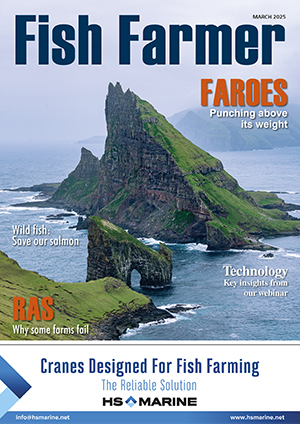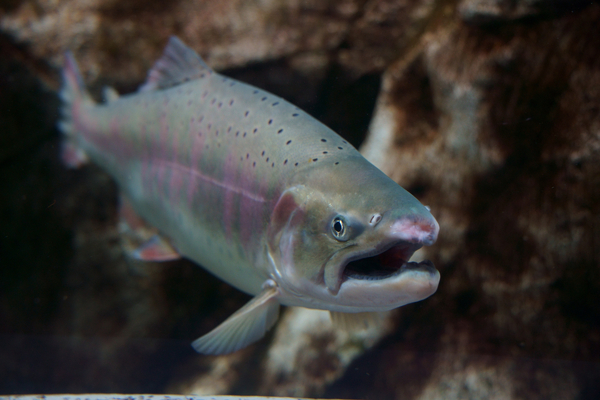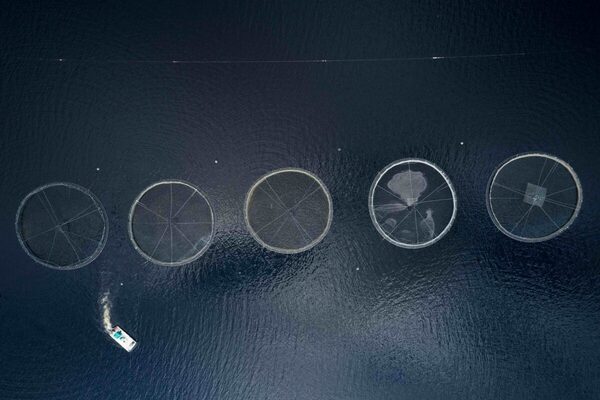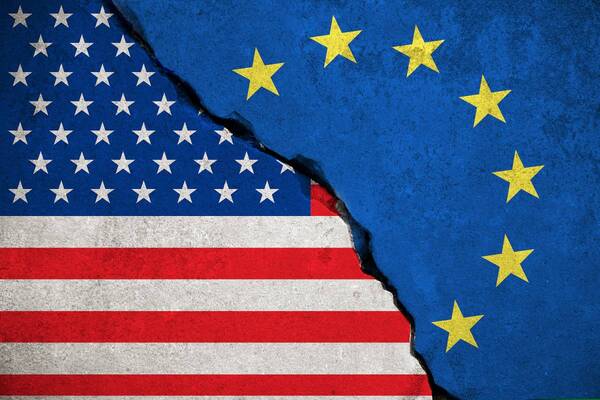Scotland could win out in salmon tariff chaos
The Scottish salmon industry is expected to have a considerable advantage over its rivals when exporting to the United States following Donald Trump’s tariff announcement last night.
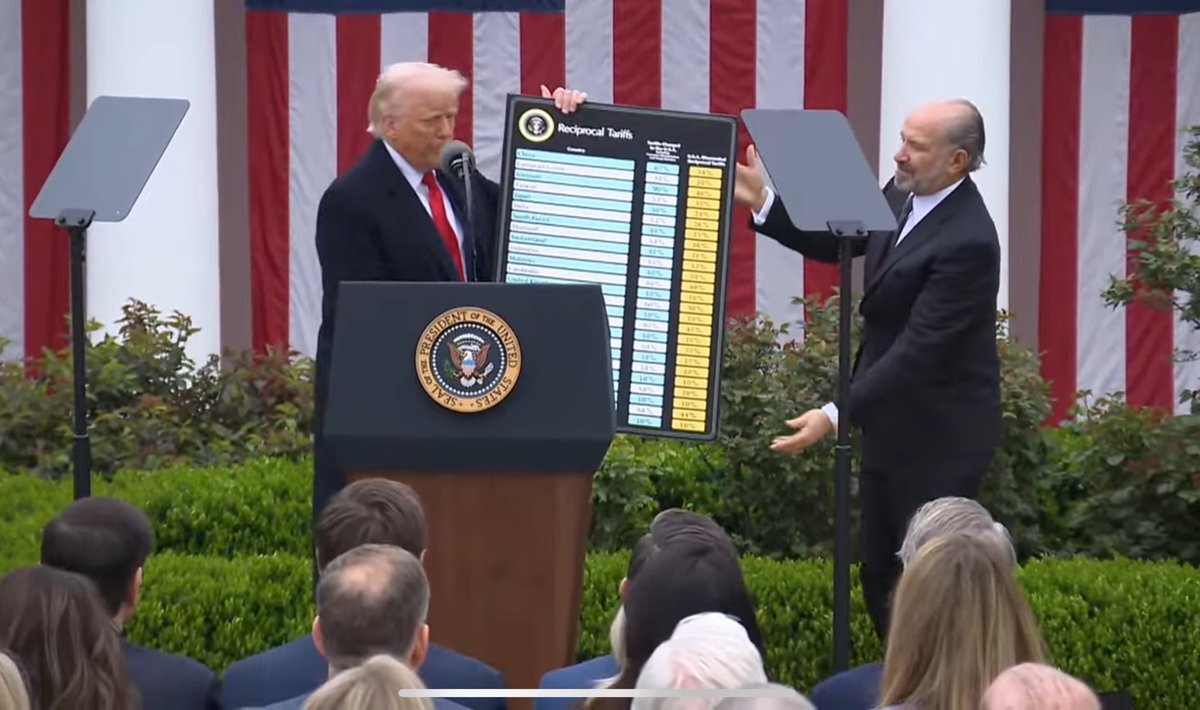
The UK faces a tariff rate of 10% compared with 16% on Norwegian fish and 25% on any fish processed in EU countries such as Poland and Denmark.
Iceland, also a major exporter to the US, also faces the lower 10% rate but the situation with Canadian salmon remains unclear.
Canada and Mexico were excluded from the list of newly tariffed countries published by the White House, offering minor relief to businesses and consumers who feared further escalation of the ongoing trade war they have been trying to navigate since Trump took office.
The Trump administration has already hit Canadian goods with tariffs twice this year. In early March, the US imposed 25% tariffs on all Canadian goods coming into the country, except for energy and potash, which were subject to 10% tariffs. However, the White House offered a reprieve for all exports that are “compliant” with the US-Canada-Mexico (USCMA) free trade deal, which Trump himself negotiated.
“USMCA compliant goods will continue to see a 0% tariff, non-USMCA compliant goods will see a 25% tariff, and non-USMCA compliant energy and potash will see a 10% tariff,” reads the fact sheet published earlier this month by the White House.
Last week, Trump announced 25% tariffs on all auto imports, though that also included a carve-out for vehicles and parts covered by USCMA. Trump also confirmed his administration would begin collecting those tariffs at 12:01 am Thursday.

Seafood industry braces for impact
It is too early to tell how last night’s announcement will affect the aquaculture and fisheries sectors, with some analysts suggesting that it could lead to a big reduction in sales and prices in the short term.
Americans are the second largest consumers of Atlantic salmon and other seafood, accounting for 25% of all sales, with most of it imported.
It was also a growing market until last night. Norwegian salmon farmers will now be looking to Europe and China, where sales are growing rapidly to make up any shortfall.
Norway’s Trade and Industry Minister Cecilie Myrseth said that Trump’s announcement would have consequences for Norwegian seafood with one in five jobs dependent on exports.
Analyst Professor Ola Grytten told the Norwegian business website e.24 that the fish farming industry has a significant market in the US.
If prices are 15% higher, fewer people will buy fish, he said adding that jobs will certainly be lost in these industries and in various individual companies.
Others are predicting that the salmon industry can eventually outride the tariffs and the situation will not be too bad.
Chile’s salmon industry, which faces the baseline rate of 10%, is predicted to be the big winner.
The UK is hoping that a free trade agreement with the US, which is reportedly in the process of being negotiated, will mean exemptions in at least some sectors from the global 10% baseline, but in the case of food exports disagreements over food safety standards and animal welfare may prove an obstacle.
